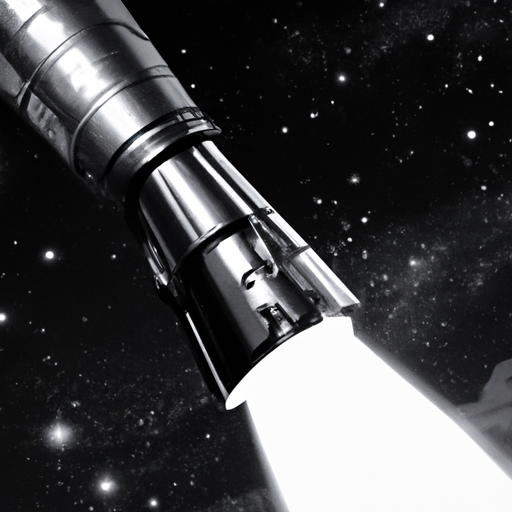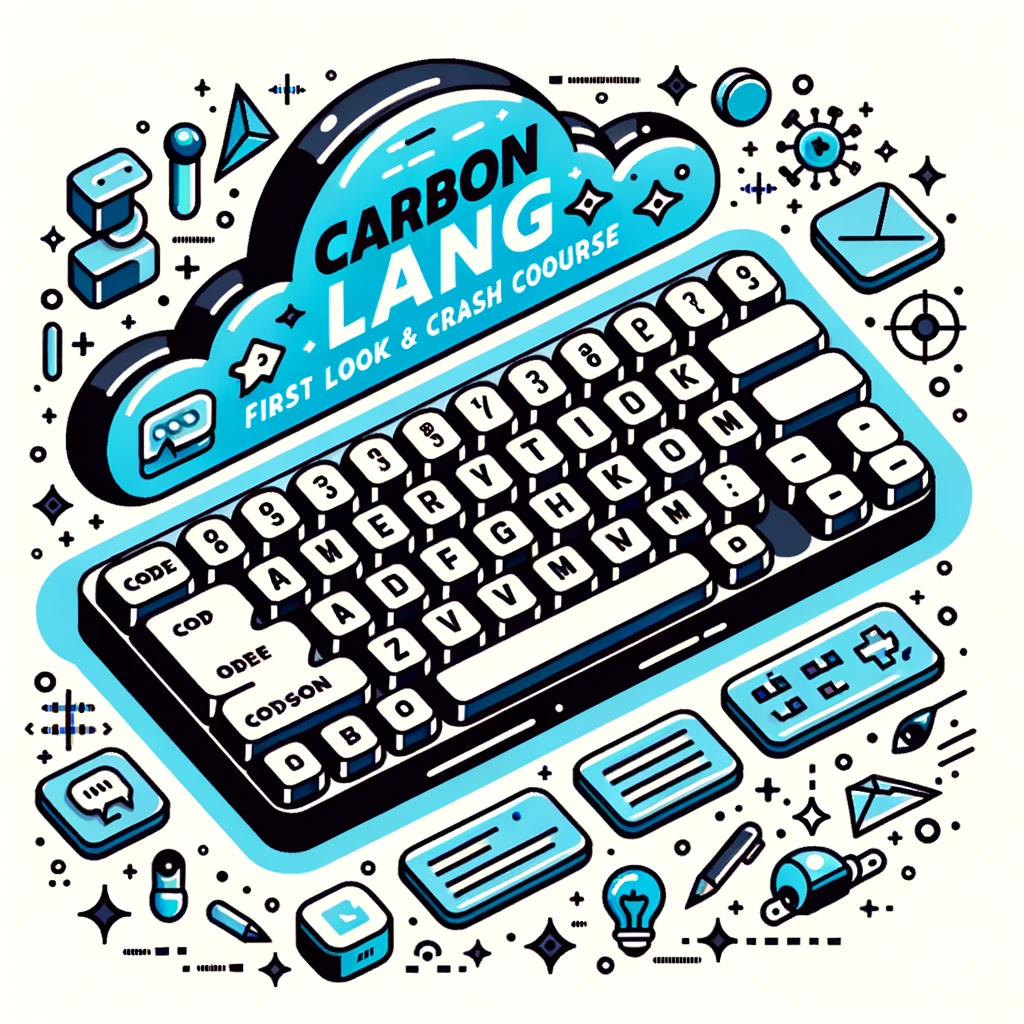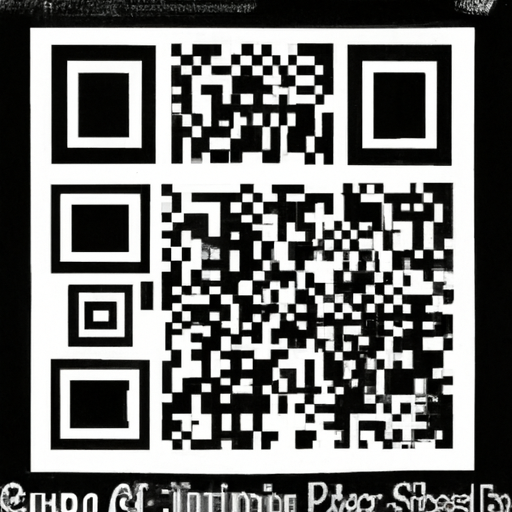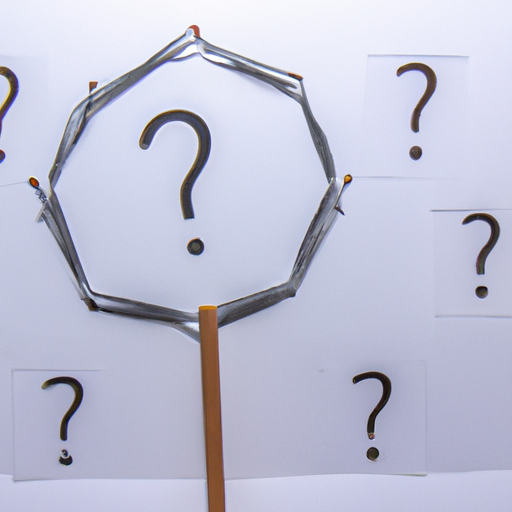In this friendly and informative article titled “SpaceX Website Clone – HTML, CSS & JavaScript,” the author, Traversy Media, guides you through a video tutorial on recreating parts of the SpaceX website using HTML, CSS, and JavaScript. The tutorial covers various aspects of web development, including creating the homepage, menus, inner pages, and implementing animations and DOM manipulation. They also mention the sponsor, Hostinger, and provide a discount code for their services. Additionally, the article outlines the different sections covered in the tutorial, such as button animations, scroll arrow animations, and more. The author also explains the use of media queries for responsiveness and provides code examples throughout the article. Whether you’re a beginner or a seasoned developer, this tutorial offers valuable insights and practical knowledge in web development.
In this engaging and accessible article titled “SpaceX Website Clone – HTML, CSS & JavaScript,” you will join Traversy Media as they walk you through a step-by-step video tutorial on recreating elements of the SpaceX website using HTML, CSS, and JavaScript. The tutorial covers a wide range of topics, including creating the homepage, menus, and inner pages, incorporating animations, and manipulating the DOM. You’ll also learn about the sponsor, Hostinger, and receive a special discount code. The tutorial highlights various key features demonstrated, such as button animations, scroll arrow effects, and responsive design using media queries. Whether you’re a beginner looking to enhance your skills or an experienced developer seeking inspiration, this tutorial is sure to provide valuable insights and practical knowledge to help you level up your web development game. In this comprehensive tutorial, we will guide you through the process of cloning the homepage of SpaceX using HTML, CSS, and JavaScript. We will cover various aspects of the website, including the navigation menu, inner pages, animation sequences, responsiveness, customization of each section, styling the navbar and footer, creating a hamburger icon, designing inner pages with fade animations and stats counters, and deploying the website using Git and Hostinger.
Cloning the SpaceX Homepage
In this section, we will focus on recreating the layout of the SpaceX homepage using HTML and CSS. We will start by structuring the HTML elements according to the layout and then apply CSS styles to achieve the desired look. This will include positioning elements, setting background images, and customizing the font and colors.
Handling Navigation Menu and Inner Pages
In this section, we will dive into creating the navigation menu and inner pages of the website. We will use HTML and CSS to create the menus and apply styles to them. Additionally, we will use JavaScript to add animations and effects to the menu items, making them interactive and engaging. We will also design the layout for the inner pages and make them visually appealing.
Building Animation Sequences
Animation plays a crucial role in creating an engaging user experience. In this section, we will explore different animation sequences that are used on the SpaceX website. We will cover button animations, menu underline animations, fade in and bounce animations, scroll arrow animations, and hover effects for menu items. By implementing these animations, we can bring life to our cloned website and make it more interactive.
Using Media Queries to Enhance Responsiveness
In today’s digital landscape, it is essential to ensure that websites are responsive and optimized for various screen sizes. In this section, we will leverage media queries to enhance the responsiveness of our cloned SpaceX website. We will create a responsive hamburger icon and implement an open animation for the mobile menu. We will adapt the CSS and JavaScript code to handle different screen sizes and make necessary adjustments to the positioning and font size of elements in smaller screens.
Customizing Each SpaceX Section
The SpaceX website consists of various sections, each showcasing different content such as Falcon Heavy, Dragon, Starship, Human Spaceflight, Rideshare, and Shop. In this section, we will explore the characteristics of each section and use HTML and CSS to design them accordingly. Furthermore, we will add unique animations and effects to each page to make them stand out and create a visually dynamic experience.
Styling the Navbar and Footer
The navbar and footer are crucial elements of a website. In this section, we will focus on formatting the header/navbar using HTML and CSS. We will set the position, apply a flexbox layout, customize the font, background color, links, and logo. Additionally, we will use pseudo elements to create a bottom border effect on the menu items and add hover effects to the links in the footer to enhance interactivity and visual appeal.
Creating and Customizing a Hamburger Icon
The hamburger icon is widely used in responsive web design to toggle the mobile menu. In this section, we will delve into the HTML structure for a hamburger icon and use CSS to transform and translate the lines to create an “X” icon when clicked. We will also use JavaScript to toggle the “open” class, which will trigger the transformation of the lines. Furthermore, we will add an overlay to darken the background when the hamburger icon is clicked and style the menu items to pop out from the right side of the page.
Designing Inner Pages with Fade Animations and Stats Counters
Inner pages provide an opportunity to showcase specific content and engage users. In this section, we will create a similar structure as the homepage for inner pages. We will animate the background image to fade in and the text to slide up using CSS animations. Additionally, we will incorporate a “count up” feature for the statistics section using JavaScript. This will create a dynamic and appealing experience for users.
Deploying the Website Using Git and Hostinger
Once the website is complete, it is crucial to deploy it to make it accessible to the public. In this section, we will guide you through the process of creating a git repository and pushing the files to GitHub. We will also demonstrate how to add an SSH key to GitHub for authentication. Finally, we will utilize Hostinger’s hpanel software for website deployment, ensuring that our cloned SpaceX website is live and accessible to users.
Conclusion
In conclusion, we have covered various aspects of cloning the SpaceX website using HTML, CSS, and JavaScript. Throughout the tutorial, we have focused on recreating the homepage, menus, and inner pages, as well as incorporating animations and effects to enhance the user experience. We have also highlighted the importance of responsiveness and discussed the process of deploying the website using Git and Hostinger. By following this tutorial, you now have the skills and knowledge to create visually appealing and interactive websites. We encourage you to explore further and continue learning to expand your web development skills. Don’t forget to subscribe to our channel and utilize the discount code provided by our sponsor, Hostinger, for their hosting services. Happy coding!










